Showing 1–20 of 185 results
-
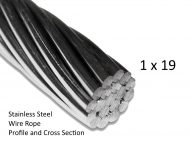
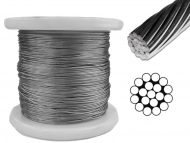
0.5mm 1×19 G316 Stainless Steel Wire Rope
From: $0.51 Inc GST -
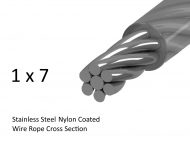
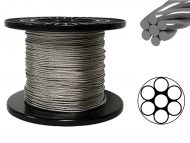
0.6mm 1X7 Clear Coated G316 Stainless Steel Wire Rope
From: $0.72 Inc GST -
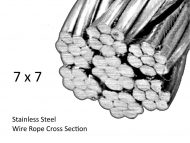

0.6mm 7×7 G316 Stainless Steel Wire Rope
From: $0.43 Inc GST -


0.8mm 1×19 G316 Stainless Steel Wire Rope
From: $0.53 Inc GST -

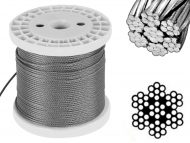
0.8mm 7×7 G316 Stainless Steel Wire Rope
From: $0.45 Inc GST -
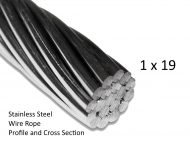

1.0mm 1×19 G316 Stainless Steel Wire Rope
From: $0.55 Inc GST -

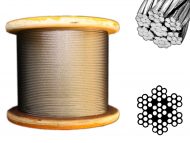
1.0mm 7×7 G1570 Galvanised Steel Wire Rope
From: $0.81 Inc GST -

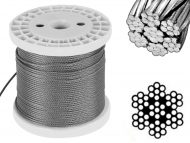
1.0mm 7×7 G316 Stainless Steel Wire Rope
From: $0.53 Inc GST -
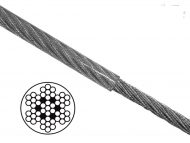

1.2mm 7X7 Clear Coated G316Stainless Steel Wire Rope
From: $1.34 Inc GST -


1.2mm 7×7 G2070 Galvanised Steel Wire Rope
From: $0.48 Inc GST -

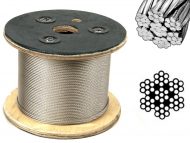
1.2mm 7×7 G316 Stainless Steel Wire Rope
From: $0.58 Inc GST -


1.5mm 1×19 G316 Stainless Steel Wire Rope
From: $0.67 Inc GST -
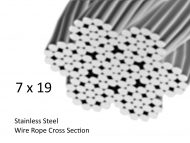
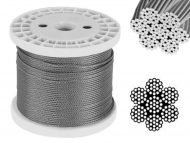
1.5mm 7×19 G316 Stainless Steel Wire Rope
From: $1.33 Inc GST -


1.5mm 7×7 G1570 Galvanised Steel Wire Rope
From: $0.48 Inc GST -


1.5mm 7×7 G2070 Galvanised Steel Wire Rope
From: $0.73 Inc GST -

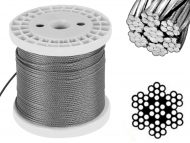
1.5mm 7×7 G316 Stainless Steel Wire Rope
From: $0.54 Inc GST -
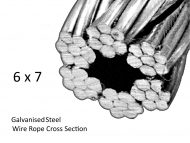
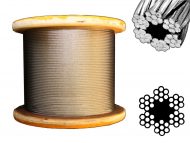
1.6mm 6×7 G1570 Galvanised Steel Wire Rope
From: $0.48 Inc GST -

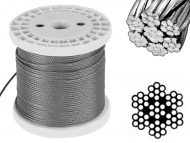
1.6mm 7×7 G304 Stainless Steel Wire Rope
From: $520.00 Inc GST -


1.6mm 7×7 G316 Stainless Steel Wire Rope
From: $0.61 Inc GST -


1.8mm 7×19 G316 Stainless Steel Wire Rope
From: $1.45 Inc GST